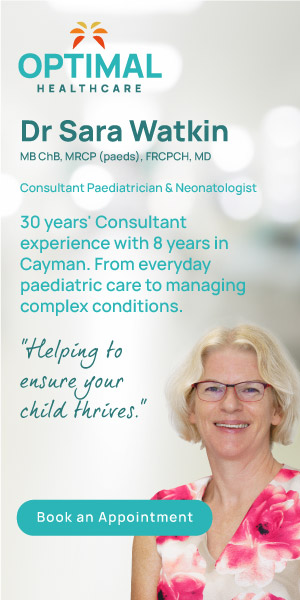The largest study of the issue to date identified no possible links between fertility treatment and a heightened risk for breast cancer.
Over a number of years, there has been concern regarding the potential of fertility treatment to stimulate estrogen-sensitive precursor breast cancer cells. As fertility treatment has become increasingly important to an increasing number of women, the findings of this study provide reassuring evidence.
Since 1990, more than 4000 studies have been conducted to investigate this issue, and the results have been conflicting. The 20 strongest studies of this time period were selected by researchers for more thorough analysis: nine retrospective studies, five case-control studies, five prospective studies, and one comparative study. Overall, the study involved a meta-analysis of 1.8 million women over the course of an average of 27 years.
The team of researchers found no link between the use of gonadotropins and clomiphene citrate to increase egg production and breast cancer incidence.
Though the team acknowledge that the quality of evidence in the top 20 studies analysed was low, this approach is better than an “ethically challenging” randomised trial amongst women seeking fertility treatment.
The study specifically looked at the incidence of breast cancer amongst women who underwent ovarian stimulation and compared this data with the incidence of breast cancer in women of matching ages who were unexposed and part of the general population as well as unexposed and infertile.
No significantly increase in risk for breast cancer among women who were treated with ovarian stimulation drugs was observable. Neither was there evidence of increased risk in a limited analysis of eight studies in which women were treated with both gonadotropins and clomiphene citrate.
Despite the presence of reassuring evidence, the authors of the study noted the limitations of the study while asserting the need for confirmation via further long-term and detailed studies. Physiologic dosing for anovulation and supraphysiologic dosing for in vitro fertilisation cycles were not distinguished from each other. As well, in general, the women treated for infertility were young, and the follow-up period did not approach the age at which they would be most likely to be at risk for breast cancer. 14 studies made adjustments for confounders, like weight, race, parity, age at first birth, age at menarche, and family history of breast cancer, but no individual patient data were available.




